But, for sure there is a saving in the hay because when the sheep and goats have free access, even from a feeder, they pull out and drop a lot of hay which is wasted. More than half of the hay is not eaten since when it falls to the ground it is considered dirty and they don't touch it. It is sort of nature's way of protecting the runimants from eating fences, also on the ground, which would cause an uprise in worms that could possibly be fatal. So the sheep instinctively do not eat off the ground .
But, the hay in the net that is left has been trampled, pooped and peed on, especially around the edges, and is very disgusting to clean up. I tried to fork it out of the net, and the weight of the wet hay and stench caused me to use the trusty skid steer instead. I picked the net up on a fork and the spoiled hay made its way to the ground while the net was suspended with a little shaking of the forks. I wore good leather gloves that got soiled very quickly, but I don't enjoy handling stuff like that, not one bit. I wondered if I should hose the net down prior to installing it on the next bale, but in the dead of winter when it is 40 below, I won't be hosing it, so I didn't this time either.
It took an hour and a half to clean the spoiled hay and I wondered how that would work when the net is frozen to the ground. Feeding from the net does keep the wool much cleaner since the animals are not pulling the hay over the backs of other animals as they eat. That was half the point and saving money by not wasting hay was the other. Pen cleaning should also be half the work in the spring, but time will tell. Finally, after an hour and a half of work and cutting the twines off the newly installed bale, I laid it on its side and left it for the sheep. They are still out on pasture, but there is not much there for them anymore, so this new fresh bale of hay will be welcome. I have not seen them eating from it yet. The last bale was 600 pounds and this one is 1500 pounds. It should last the ten rams several months and the good thing is they won't climb on top of it just yet because it is rather high. The goats will, but the sheep are unlikely to. Realizing that they poop and pee on the hay, I will have to watch very closely for elevated worm levels, which come from ingesting poop with worm eggs in it.
So, basically, the gross mess and clean up is a big down side to the hay nets, but I feel they are going to pay for themselves in a year with the conservation of hay, the reduced clean up and the clean wool, so I think they are worth the big investment at this point.

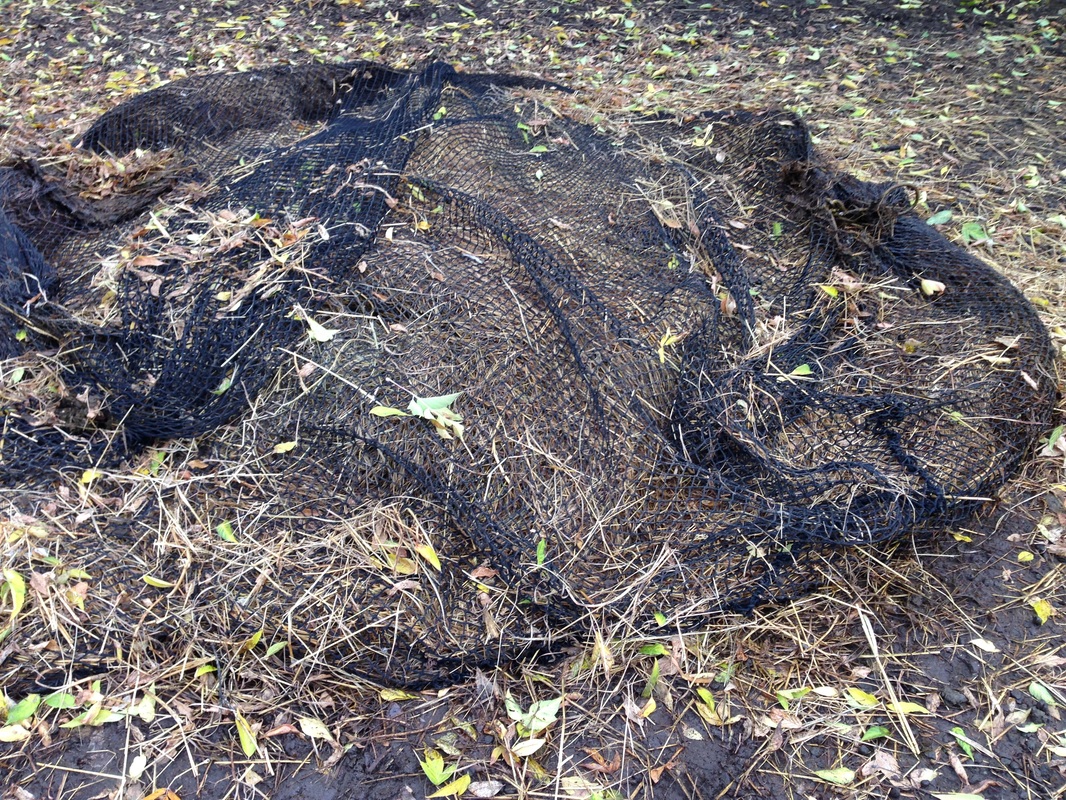
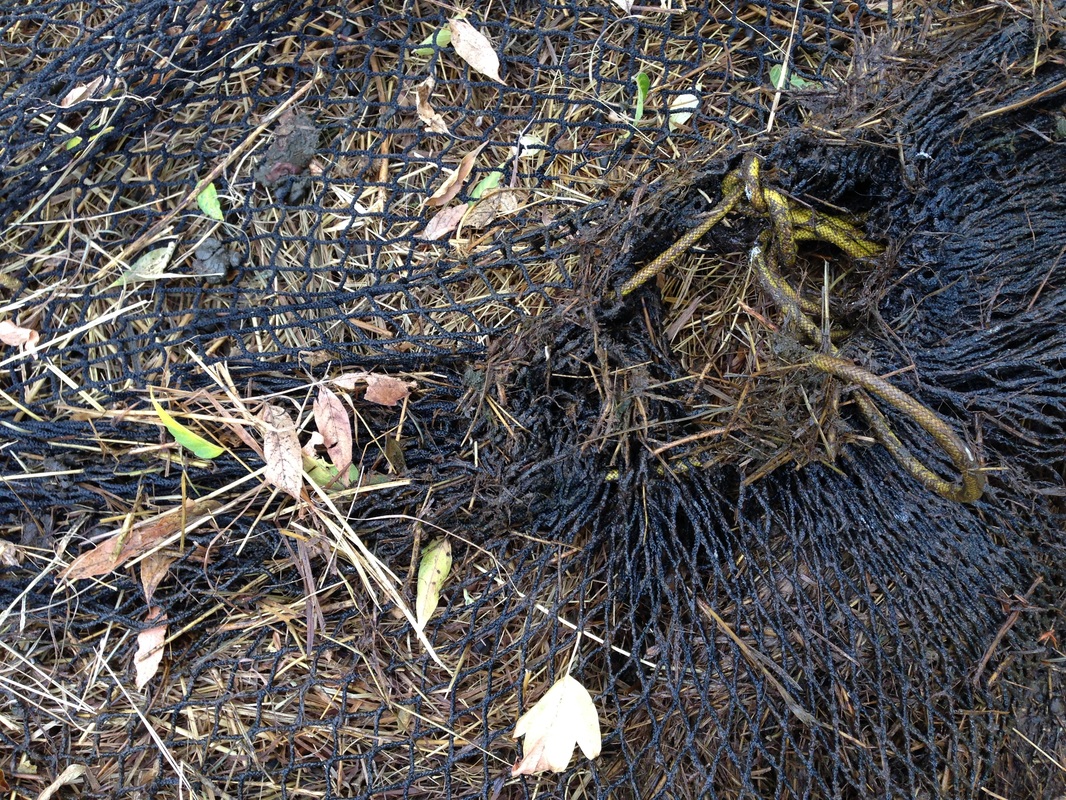
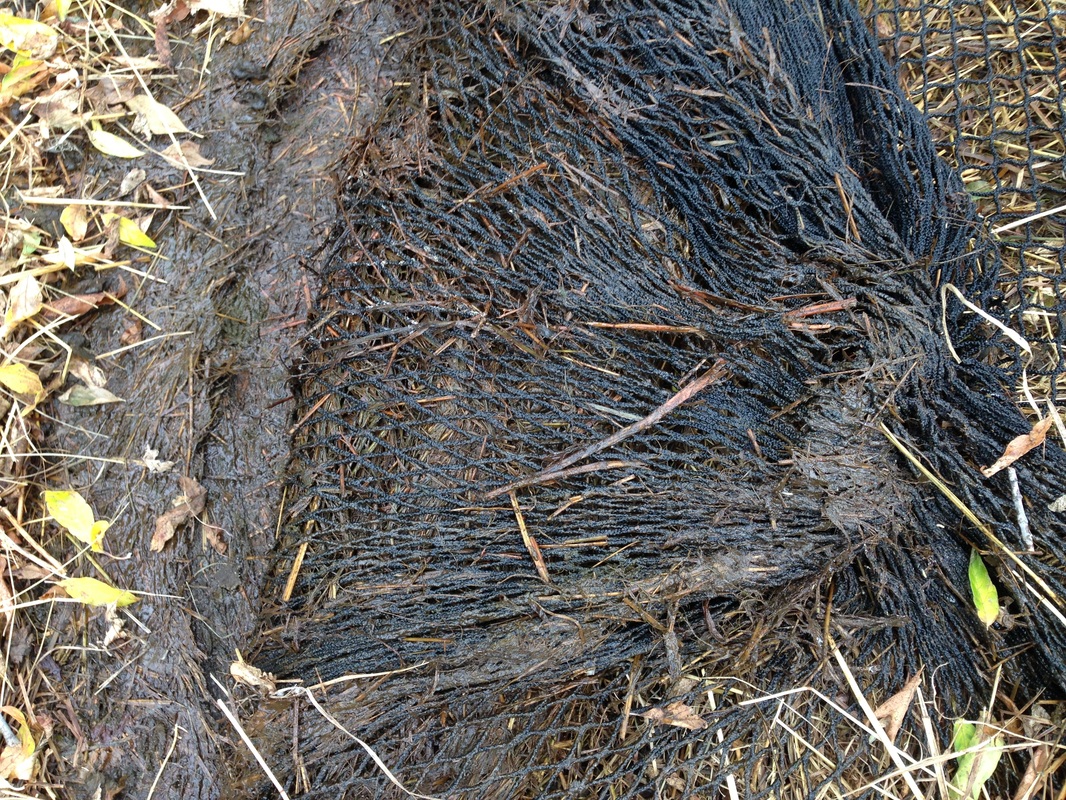
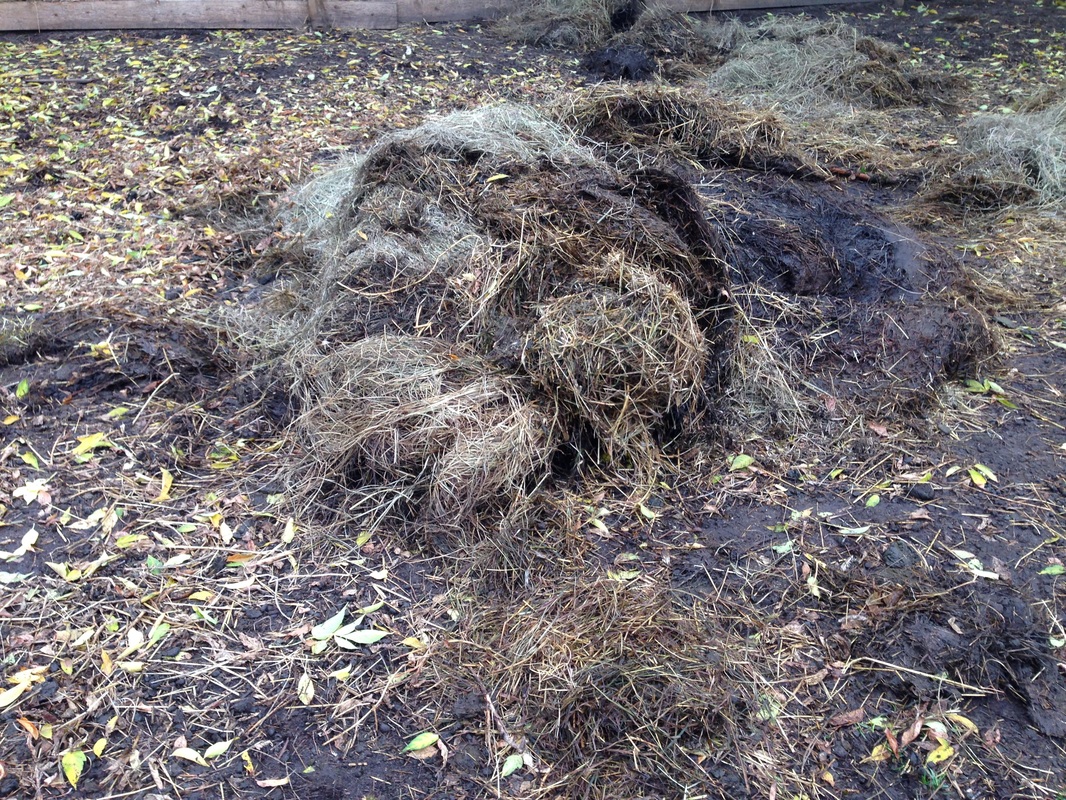
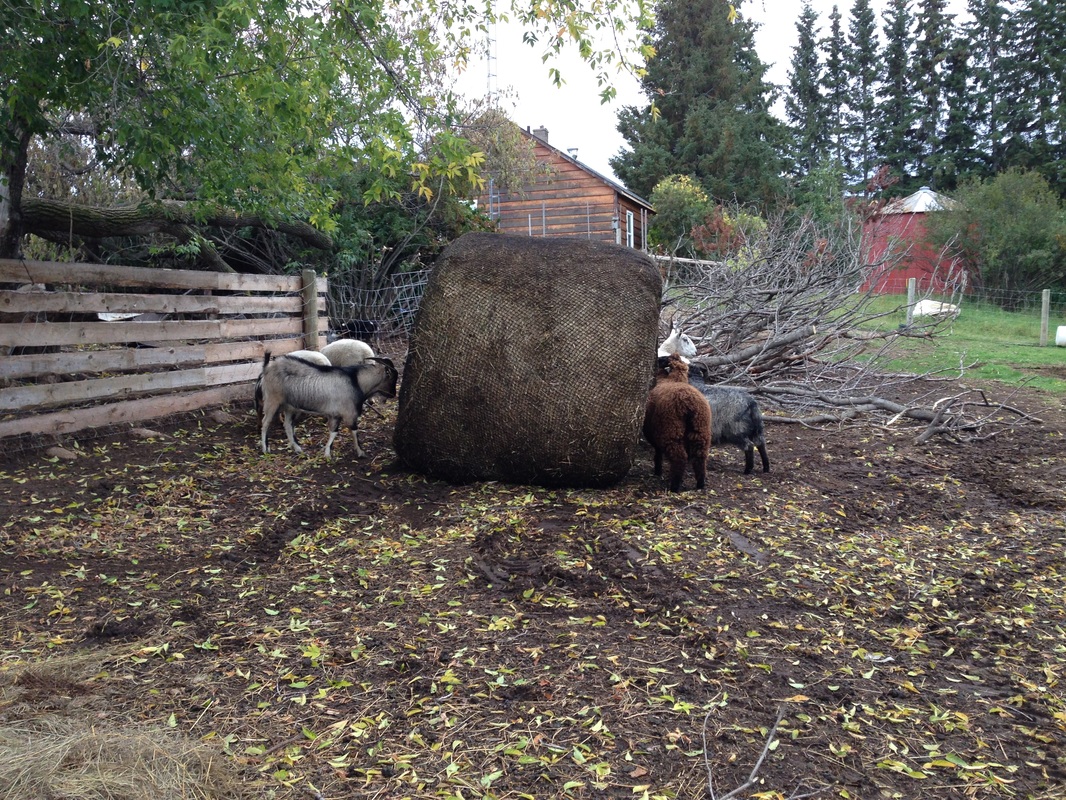
 RSS Feed
RSS Feed